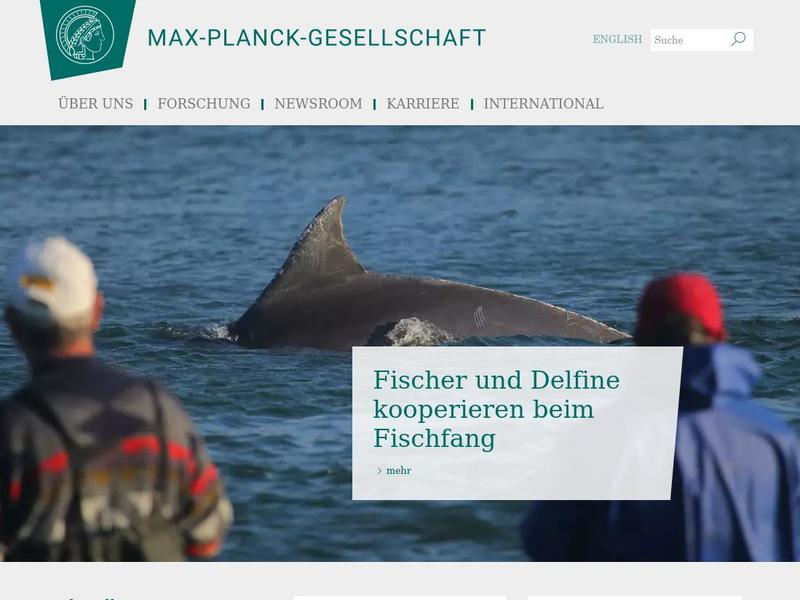Künstliche Fotosynthese https://www.mpg.de/14793996/kuenstliche-fotosynthese?c=19169768
Mehr als 50 Millionen Gene, 40000 Proteine – für Tobias Erb und seine Kollegen vom Max-Planck-Institut für terrestrische Mikrobiologie in Marburg war die Auswahl in internationalen Datenbanken gewaltig. Am Ende haben die Wissenschaftler gerade mal 17 Enzyme für den ersten künstlichen Stoffwechselweg herausgepickt, der Kohlendioxid in andere organische Moleküle umwandeln kann. Nun müssen sie zeigen, dass der am Reißbrett entworfene Zyklus auch in einer lebenden Zelle funktioniert.
Januar 2024 Infektionsbiologie Mikrobiologie (B&M) Mit Gift gefüllte „Soldaten

